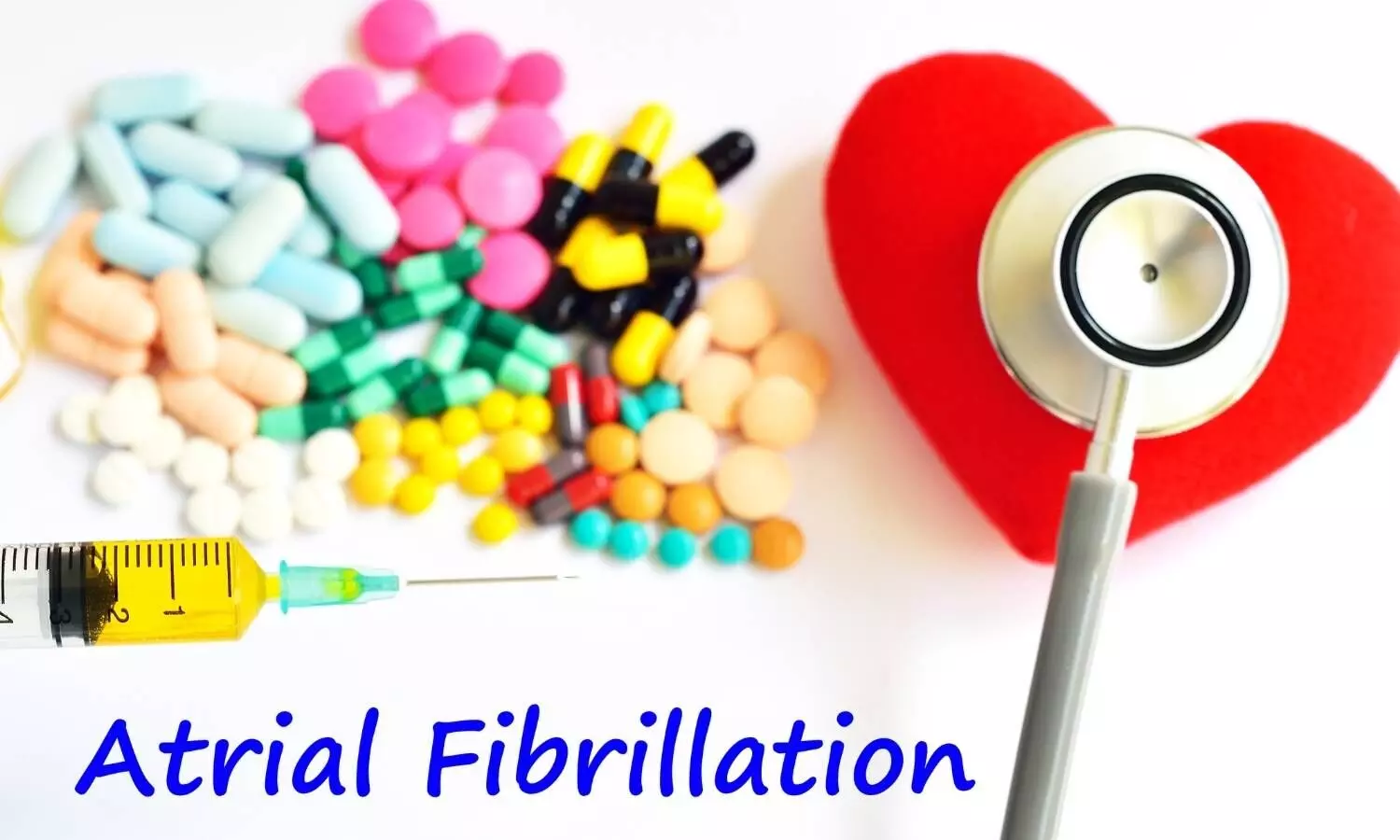- Home
- Medical news & Guidelines
- Anesthesiology
- Cardiology and CTVS
- Critical Care
- Dentistry
- Dermatology
- Diabetes and Endocrinology
- ENT
- Gastroenterology
- Medicine
- Nephrology
- Neurology
- Obstretics-Gynaecology
- Oncology
- Ophthalmology
- Orthopaedics
- Pediatrics-Neonatology
- Psychiatry
- Pulmonology
- Radiology
- Surgery
- Urology
- Laboratory Medicine
- Diet
- Nursing
- Paramedical
- Physiotherapy
- Health news
- Fact Check
- Bone Health Fact Check
- Brain Health Fact Check
- Cancer Related Fact Check
- Child Care Fact Check
- Dental and oral health fact check
- Diabetes and metabolic health fact check
- Diet and Nutrition Fact Check
- Eye and ENT Care Fact Check
- Fitness fact check
- Gut health fact check
- Heart health fact check
- Kidney health fact check
- Medical education fact check
- Men's health fact check
- Respiratory fact check
- Skin and hair care fact check
- Vaccine and Immunization fact check
- Women's health fact check
- AYUSH
- State News
- Andaman and Nicobar Islands
- Andhra Pradesh
- Arunachal Pradesh
- Assam
- Bihar
- Chandigarh
- Chattisgarh
- Dadra and Nagar Haveli
- Daman and Diu
- Delhi
- Goa
- Gujarat
- Haryana
- Himachal Pradesh
- Jammu & Kashmir
- Jharkhand
- Karnataka
- Kerala
- Ladakh
- Lakshadweep
- Madhya Pradesh
- Maharashtra
- Manipur
- Meghalaya
- Mizoram
- Nagaland
- Odisha
- Puducherry
- Punjab
- Rajasthan
- Sikkim
- Tamil Nadu
- Telangana
- Tripura
- Uttar Pradesh
- Uttrakhand
- West Bengal
- Medical Education
- Industry
Quetiapine, oxycodone combo doesn't significantly decrease ventilatory response to hypercapnia: JAMA

A new trial found that paroxetine combined with oxycodone significantly decreased the ventilatory response to hypercapnia on days 1 and 5 compared with oxycodone alone. The same effect was not observed with quetiapine combination with oxycodone. The study was published in the journal JAMA Network.
It is well known that opioids can cause severe respiratory depression by suppressing feedback mechanisms that increase ventilation in response to hypercapnia. Boxed warnings were added to the benzodiazepine and opioid products about increased respiratory depression risk with simultaneous use. Hence, the US Food and Drug Administration evaluated whether other drugs that might be used in place of benzodiazepines may cause similar effects. A study was conducted to know whether the combination of paroxetine or quetiapine with oxycodone, compared with oxycodone alone, decreases the ventilatory response to hypercapnia.
A Randomized, double-blind, crossover clinical trial at a clinical pharmacology unit in West Bend, Wisconsin was conducted with 25 healthy participants from January 2021 through May 25, 2021. Oxycodone 10 mg was given on days 1 and 5 and followed by paroxetine 40 mg daily, quetiapine or placebo in a randomized order for 5 days. Quetiapine was given twice daily by increasing daily doses from 100 mg to 400 mg. Hypercapnic ventilation at end-tidal carbon dioxide of 55 mm Hg was measured using the rebreathing methodology and assessed for paroxetine or quetiapine with oxycodone, compared with placebo and oxycodone alone. The ventilation assessment done on days 1 and 5 was the primary outcome of measurement for paroxetine or quetiapine alone compared with placebo on day 4 which is a secondary outcome of the measurement.
Results:
- Among 25 participants with a median age of 35 years, 19 completed the trial.
- The mean hypercapnic ventilation was significantly decreased with paroxetine plus oxycodone vs placebo plus oxycodone on day 1 and day 5 but was not significantly decreased with quetiapine plus oxycodone vs placebo plus oxycodone on day 1 or on day 5.
- As a secondary outcome, mean hypercapnic ventilation was significantly decreased on day 4 with paroxetine alone vs placebo, but not with quetiapine alone vs placebo.
- No drug-related serious adverse events were reported.
This preliminary study revealed that paroxetine combined with oxycodone, significantly decreased the ventilatory response to hypercapnia on days 1 and 5, whereas the same effect was not seen with quetiapine combined with oxycodone.
Further reading: Florian J, van der Schrier R, Gershuny V, et al. Effect of Paroxetine or Quetiapine Combined With Oxycodone vs Oxycodone Alone on Ventilation During Hypercapnia: A Randomized Clinical Trial. JAMA. 2022;328(14):1405–1414. doi:10.1001/jama.2022.17735
BDS, MDS
Dr.Niharika Harsha B (BDS,MDS) completed her BDS from Govt Dental College, Hyderabad and MDS from Dr.NTR University of health sciences(Now Kaloji Rao University). She has 4 years of private dental practice and worked for 2 years as Consultant Oral Radiologist at a Dental Imaging Centre in Hyderabad. She worked as Research Assistant and scientific writer in the development of Oral Anti cancer screening device with her seniors. She has a deep intriguing wish in writing highly engaging, captivating and informative medical content for a wider audience. She can be contacted at editorial@medicaldialogues.in.
Dr Kamal Kant Kohli-MBBS, DTCD- a chest specialist with more than 30 years of practice and a flair for writing clinical articles, Dr Kamal Kant Kohli joined Medical Dialogues as a Chief Editor of Medical News. Besides writing articles, as an editor, he proofreads and verifies all the medical content published on Medical Dialogues including those coming from journals, studies,medical conferences,guidelines etc. Email: drkohli@medicaldialogues.in. Contact no. 011-43720751




